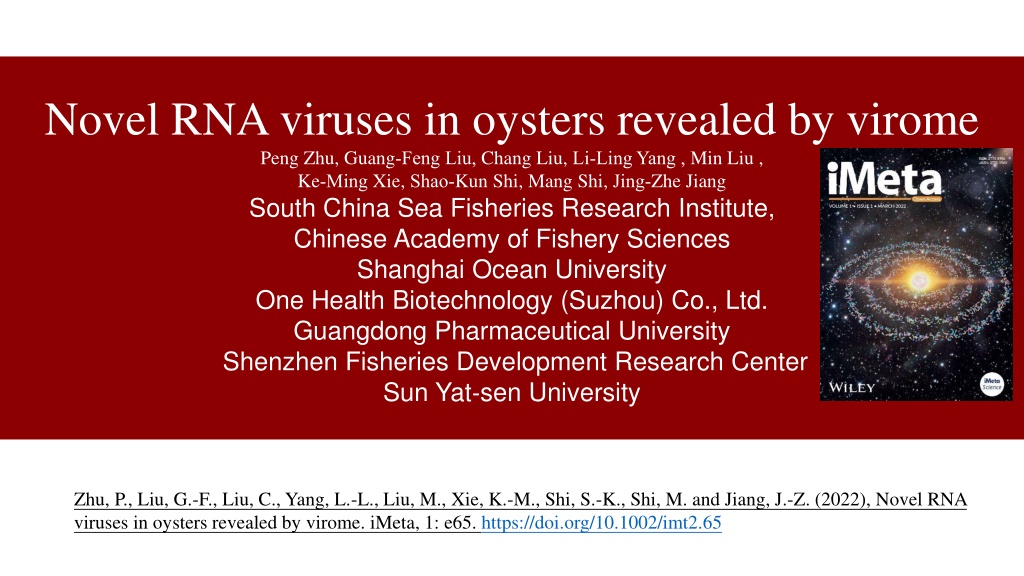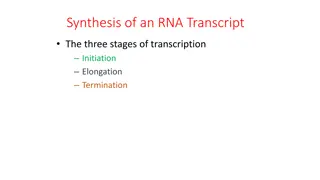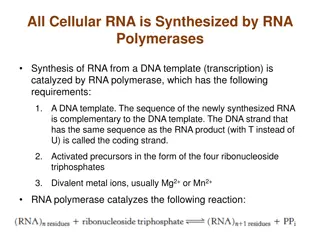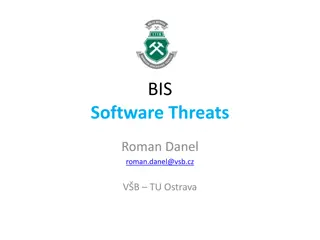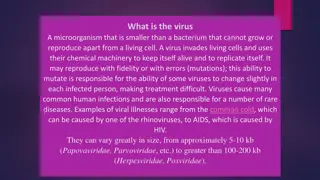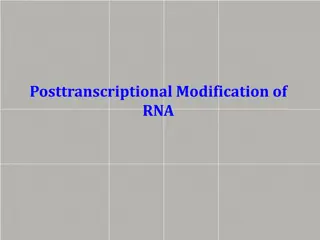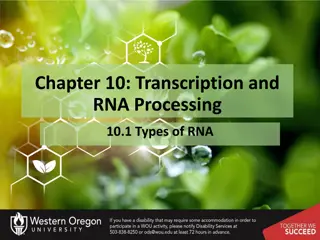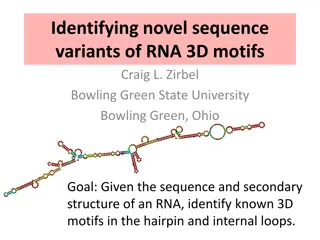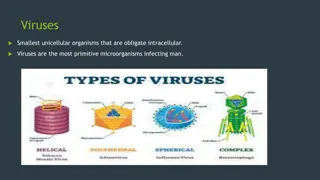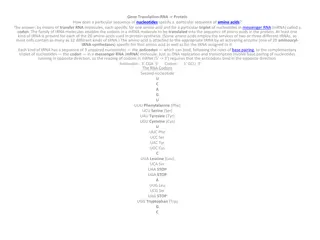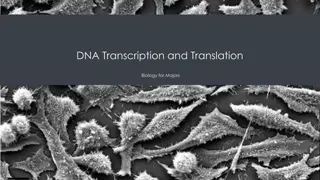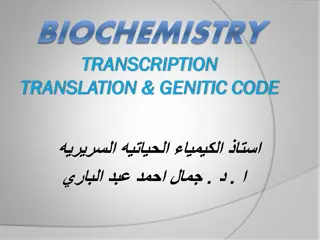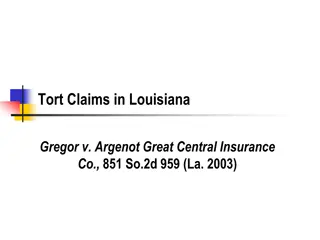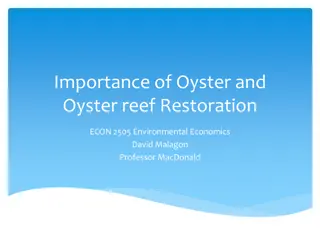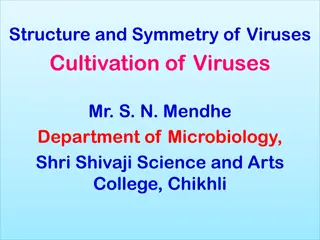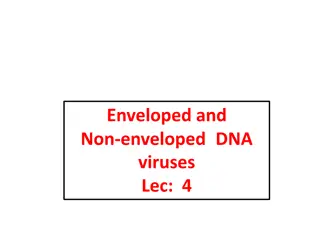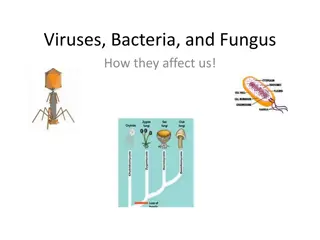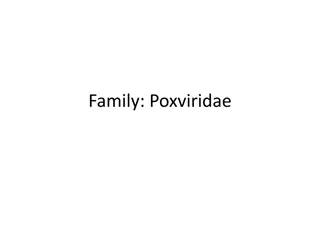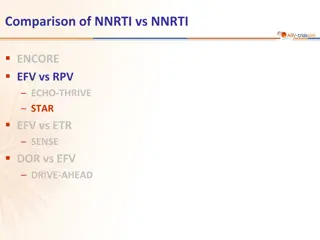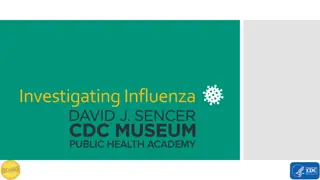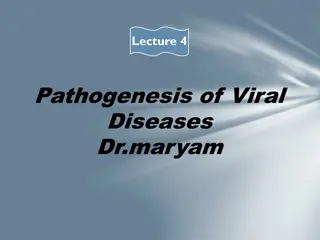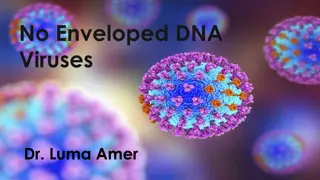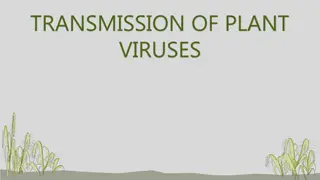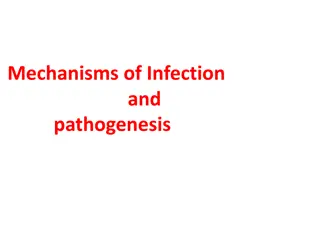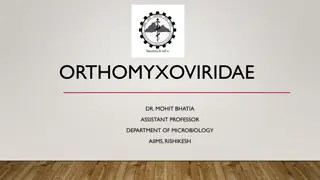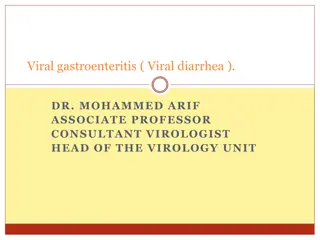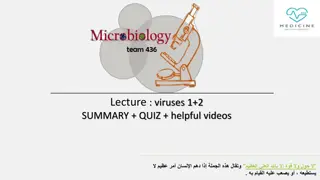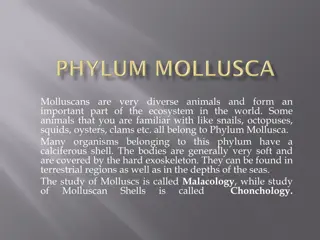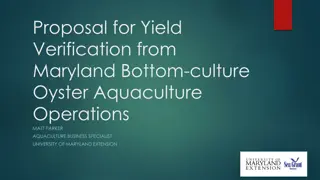Novel RNA Viruses in Oysters Revealed by Virome Study
Oysters, as high-yield mariculture varieties, were investigated for novel RNA viruses using virome analysis. Eighteen new RNA viruses were identified, with evidence of genetic recombination. This study highlights the importance of advanced sequencing technologies in discovering viral pathogens in aquaculture.
Download Presentation

Please find below an Image/Link to download the presentation.
The content on the website is provided AS IS for your information and personal use only. It may not be sold, licensed, or shared on other websites without obtaining consent from the author. Download presentation by click this link. If you encounter any issues during the download, it is possible that the publisher has removed the file from their server.
E N D
Presentation Transcript
Novel RNA viruses in oysters revealed by virome Peng Zhu, Guang Feng Liu, Chang Liu, Li Ling Yang , Min Liu , Ke Ming Xie, Shao Kun Shi, Mang Shi, Jing Zhe Jiang South China Sea Fisheries Research Institute, Chinese Academy of Fishery Sciences Shanghai Ocean University One Health Biotechnology (Suzhou) Co., Ltd. Guangdong Pharmaceutical University Shenzhen Fisheries Development Research Center Sun Yat sen University Zhu, P., Liu, G.-F., Liu, C., Yang, L.-L., Liu, M., Xie, K.-M., Shi, S.-K., Shi, M. and Jiang, J.-Z. (2022), Novel RNA viruses in oysters revealed by virome. iMeta, 1: e65. https://doi.org/10.1002/imt2.65
Introduction Oysters are the mariculture variety with the highest aquaculture yield in the world. Being filter feeders, oysters can filter up to five liters of seawater through their gills every hour. Oysters have evidently no acquired immune system. The identification of oyster pathogens is a top priority for oyster disease prevention and control.
Introduction With the development of high-throughput sequencing technologies, methods such as viromics and meta-transcriptomics have overcome the dependence of traditional virology studies on host cell culture and greatly improved the efficiency of the discovery and identification of new viruses in invertebrates.
Materials and Methods Cenote-taker2 QinZhou YangJiang ZhuHai HuiDong LianJiang ShenZhen TanWei Fastp Gephi Analyzing Sequencing Megahit Mafft reads Contig Diamond iQtree Megan6 SnapGene
Results Eighteen novel RNA viruses were found in oysters Figure 1 The variety of novel RNA viruses found in oysters. (A) Clustering network of 147 RdRp amino acid sequences. (B) Clustering network of 99 capsid protein amino acid sequences.
Results The capsid protein genes of sobemo-like viruses and Weiviruses may have a common origin. Figure 2 Phylogenic analysis shows evidence of recombination between major viral proteins. Phylogenetic trees of RdRp (A) and capsid proteins (B) of oyster-associated Sobelivirales.
Results The genes of picornaviruses exchange among some small branches Figure 3 Comparison of the topological structure between the RdRp (A) and capsid (B) phylogenic trees of picornaviruses found in oysters.
Results Leviviridae Figure 4 Comparison of the topological structure between the RdRp (A) and capsid (B) phylogenic trees of levi-like viruses found in oysters
Results Ubiquitous and abundant oyster associated picobirnaviruses Virus Name Taxonomy Leviviridae-like Leviviridae-like Leviviridae-like Picornavirales-like Picornavirales-like Picornavirales-like Picornavirales-like Picornavirales-like Picornavirales-like Picobirnaviridae Picobirnaviridae Picobirnaviridae Picobirnaviridae Picobirnaviridae Picobirnaviridae Sobelivirales-like Sobelivirales-like Yanvirus-like Length 3730 3931 4460 9336 9322 8350 8898 9438 8918 3685 3240 3650 3792 3853 3911 4877 4952 6161 RDRP 1739..3538 2038..3858 2386..4269 3387..8762 1262..6634 770..5383 804..5927 937..5586 818..5578 2068..3591 1502..3016 1941..3470 1881..3431 1975..3852 1885..3462 323..3181 186..3851 51..4043 Capsid Protein 50..1288 184..1443 90..1871 896..3076 6806..9322 5765..8350 6113..8896 5874..8645 5709..8531 - - - - - - - 4368..4952 - ORFs 2 5 2 4 2 3 2 2 2 1 1 1 2 2 1 1 2 1 Total FPKM 21.88 3.79 3.17 3.77 145.32 42.75 60.94 42.96 3.91 4876.86 59.16 37.39 212.72 51271.46 45.04 4.80 6.36 18.35 Huangsha levi-like virus HSd1-59787 Taishan levi-like virus T4S1-672536 Taishan levi-like virus T4S1-79710 Oyster picorna-like virus T8S1-348502 Oyster picorna-like virus SZr1-211549 Oyster picorna-like virus TWr1-22141 Oyster picorna-like virus ZHr1-40939 Oyster picorna-like virus VIs1-51363 Oyster picorna-like virus VIs1-91049 Oyster picobirna-like virus YJd1-298692 Oyster picobirna-like virus YJr1-11446 Oyster picobirna-like virus YJr1-2332 Oyster picobirna-like virus SZr1-72709 Oyster-associated RNA virus ZHd1-112402 Oyster picobirna-like virus ZHr1-41827 Tanwei sobemo-like virus TWr1-33874 Huangsha sobemo-like virus HSd1-611299 Oyster yanvirus-like virus SZr1-117762
Summary The characteristics of eighteen RNA virus genomes found in oysters are summarized in this study. The common host transformation or host sharing of viruses in invertebrates, and the discovery that the capsid protein genes of sobemo-like viruses and Weiviruses may have undergone recombination and exchange or have a common origin, have added to the understanding of oyster-associated viruses. Zhu, Peng, Guang-Feng Liu, Chang Liu, Li-Ling Yang, Min Liu, Ke-Ming Xie, Shao-Kun Shi, Mang Shi, Jing-Zhe Jiang. 2022. Novel RNA viruses in oysters revealed by virome. iMeta 1: e65. . https://doi.org/10.1002/imt2.65
iMeta: Integrated meta-omics to change the understanding of the biology and environment iMeta is an open-access Wiley partner journal launched by scientists of the Chinese Academy of Sciences. iMeta aims to promote metagenomics, microbiome, and bioinformatics research by publishing original research, methods, or protocols, and reviews. The goal is to publish high-quality papers (Top 10%, IF > 15) targeting a broad audience. Unique features include video submission, reproducible analysis, figure polishing, APC waiver, and promotion by social media with 500,000 followers. Three issues were released in March, June , and September 2022. iMetaScience office@imeta.science Society: http://www.imeta.science Publisher: https://wileyonlinelibrary.com/journal/imeta iMetaScience iMeta Submission: https://mc.manuscriptcentral.com/imeta
